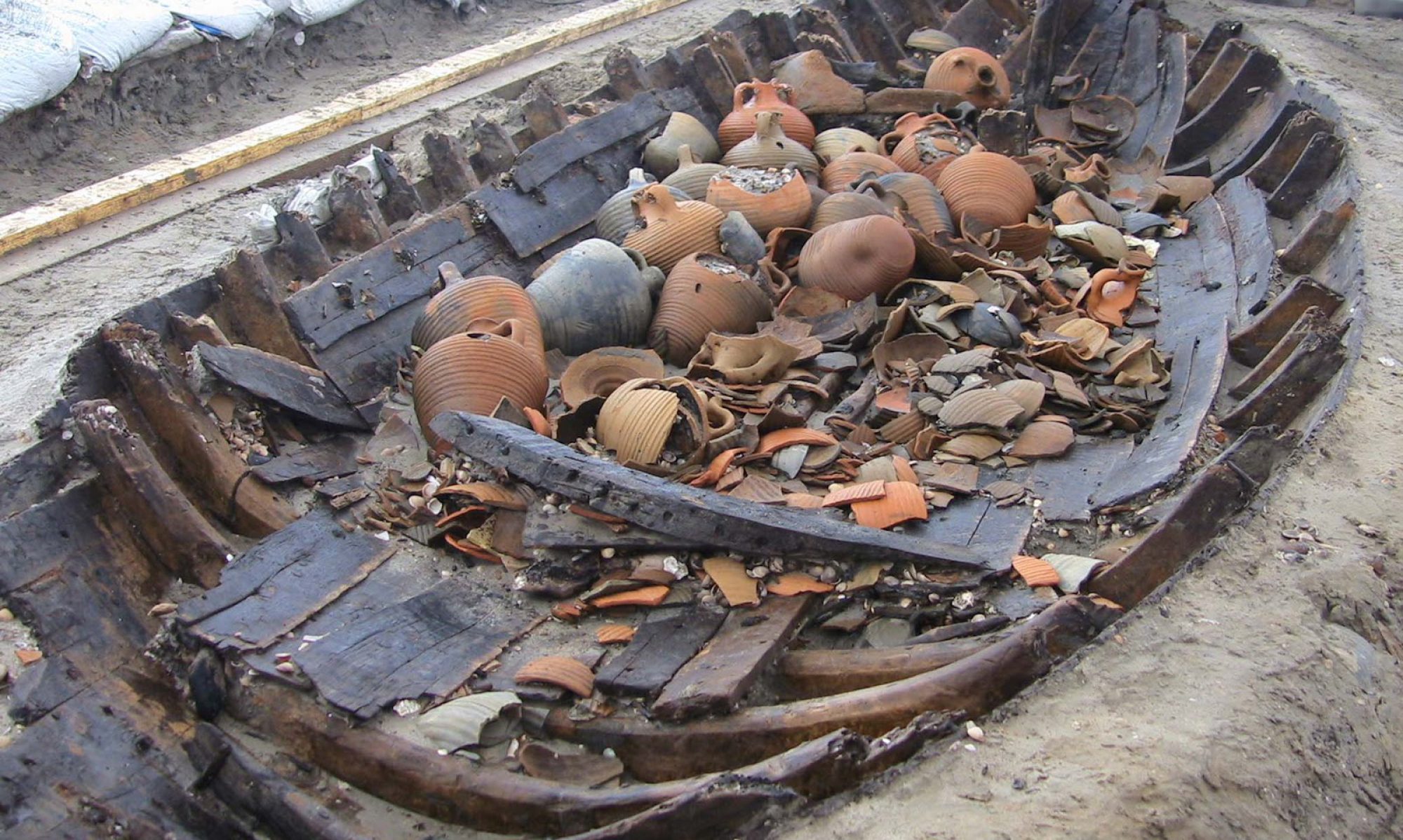 It must have been an appalling moment when a Viking realised he had paid two cows for a fake designer sword; a clash of blade on blade in battle would have led to his sword, still sharp enough to slice through bone, shattering like glass.
It must have been an appalling moment when a Viking realised he had paid two cows for a fake designer sword; a clash of blade on blade in battle would have led to his sword, still sharp enough to slice through bone, shattering like glass.
“You really didn’t want to have that happen,” said Dr Alan Williams, an archaeometallurgist and consultant to the Wallace Collection, the London museum which has one of the best assemblies of ancient weapons in the world. He and Tony Fry, a senior researcher at the National Physical Laboratory in Teddington, south-west London, have solved a riddle that the Viking swordsmiths may have sensed but didn’t quite understand.
Some Viking swords were among the best ever made, still fearsome weapons after a millennium. The legendary swords found at Viking sites across northern Europe bear the maker’s name, Ulfberht, in raised letters at the hilt end. Puzzlingly, so do the worst ones, found in fragments on battle sites or in graves.
The Vikings would have found it impossible to tell the difference when they bought a newly forged sword: both would have looked identical, and had razor sharp blades. The difference would have only emerged in use, often fatally.
Williams began to test the Ulfberht blades when a private collector brought one into the Wallace, and found they varied wildly. The tests at the NPL have proved that the inferior swords were forged in northern Europe from locally worked iron. But the genuine ones were made from ingots of crucible steel, which the Vikings brought back from furnaces thousands of miles away in modern Afghanistan and Iran. The tests at Teddington proved the genuine Ulfberht swords had a phenomenally high carbon content, three times that of the fakes, and half again that of modern carbon steel.
The contemporary fake Ulfberhts used the best northern metal working techniques, which hardened the metal by quenching – plunging the red-hot blade into cold water. It enabled them to give the blade a keen edge, but made it fatally brittle.
In the 11th century the Russians blocked the trade route, and the supply of crucible steel ended. Evidence is emerging that the swords from burials are the fakes, or the work of less prestigious makers. The genuine Ulfberhts have mostly been found in rivers. “I don’t think these were ritual offerings,” Williams said. “They are mostly from rivers near settlement sites, and I think what you have almost certainly is some poor chap staggering home drunk, falling into the river and losing his sword. An expensive mistake.”
Their work has also proved that many of the Ulfberht swords in some of the most famous weapons collections in the world are fakes. The Wallace’s is the real McCoy, but the one brought in by the private collector which started the hunt turned out to be fake.

You must be logged in to post a comment.